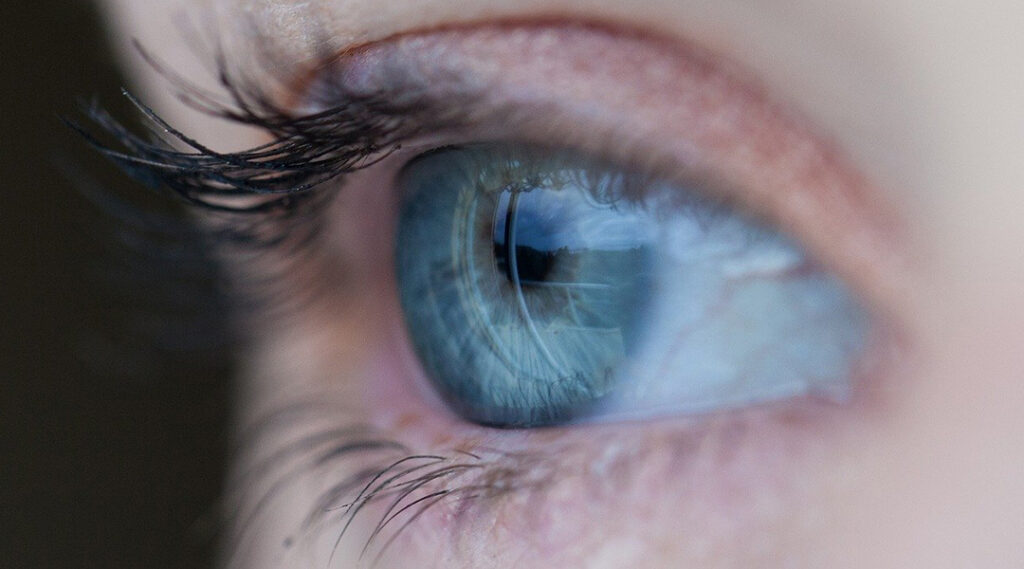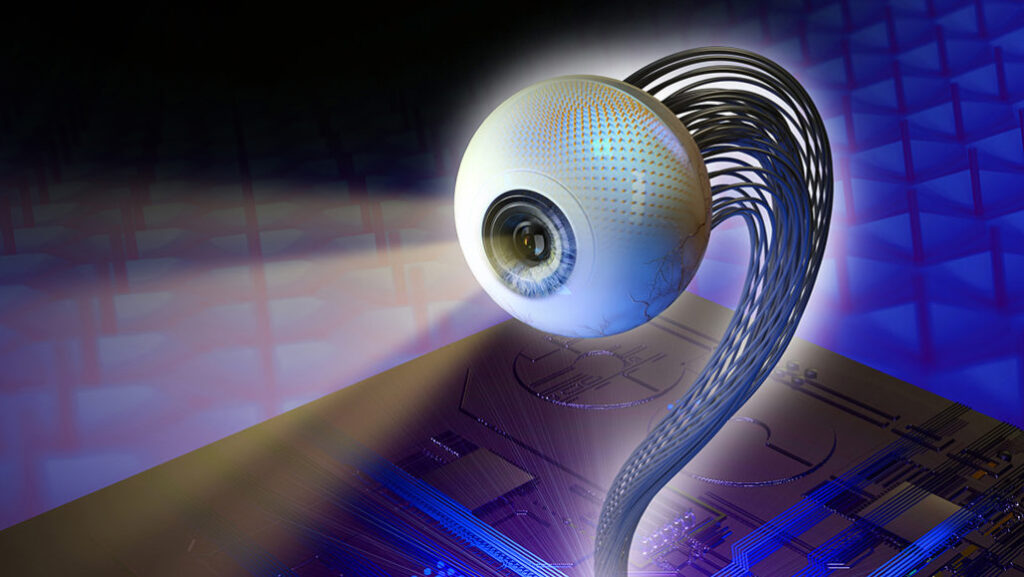New Artificial Eye May Surpass the Performance of Human Eyes

Many people take their eyes for granted. It’s not surprising because seeing things is part of the autonomous activities that the human body does. Humans will only attend to a body part when it’s itchy, sore, or painful.
The eyes are vital to a person’s existence. They are the most important sensory organ of the human body. You become aware of more than 80 percent of all notions through sight. A larger part of the brain is assigned to vision than other sensory organs. The eyes will protect you from danger if your sense of smell or taste stops functioning.
They allow you to see everything around you. You can read, walk with ease, find things, determine whether food and drink are good or bad, stay out of danger, view films, enjoy colors, and a lot more when you can see.
But the moment that something goes wrong with your vision, you will exert every effort you can to restore your eyesight.
But there may be hope in the future to restore lost eyesight.
(Almost) bionic eyes
Although scientists do not have the technology to build bionic parts, they have developed a new artificial eye with a reaction time and field of view that mimic real human eyes.
The high-tech device, which is very similar in structure to the human eye, is similarly sensitive to light. But its reaction time is faster. It does not have a night or telescopic vision, features that you see in cyborgs, but researchers report that the artificial eye’s vision is sharper than the real eye.

An electronic eyepiece
One of the scientists involved in the research and development of the artificial eye, Prof. Zhiyong Fan, said that what they created could be used for humanoid robots and as a prosthetic to improve vision. The professor, a materials scientist and engineer, is one of the international team of scientists involved in the study. They are from the Hong Kong University of Science and Technology.
Features
The high-resolution eyesight and wide field of view of the electronic eyepiece is due to the dome-shaped retina, which resembles the human eye’s shape. The scientists used a curved membrane made from aluminum oxide, which has a number of nanosize sensors. These minute sensors are made from perovskite, a light-sensitive oxide mineral.
The artificial eyeball has wires attached to it. An external circuitry processes the readouts from the wires, replicating the eye’s nerve fibers’ functions.
Right now, the artificial eye’s reaction time to lighting changes is around 30 to 40 milliseconds. The human eye’s response when there are changes in lighting is around 40 to 150 milliseconds. However, its field of view is only 100 degrees, compared to the 150-degree field of view of a human eye. But it is a big improvement from the 70-degree view of imaging sensors on a flat surface.
Theoretically, the artificial eye perceives a much higher resolution since it has close to 460 million light sensors per square centimeter. In contrast, a human retina only contains about 10 million light sensors per square centimeter.
There’s still much work to be done because it will require millions of super tiny wires before achieving the promised high-resolution view. Each sensor sends out its reading. Currently, each wire attached to the synthetic retina is around one millimeter thick. This is considered big, and the 100 wires now attached to it are already touching several sensors simultaneously. Thus, it can only create 100-pixel images.
It is still a work in progress, but the initial stage is already a big step. It a ray of hope for people with specific vision impairment.